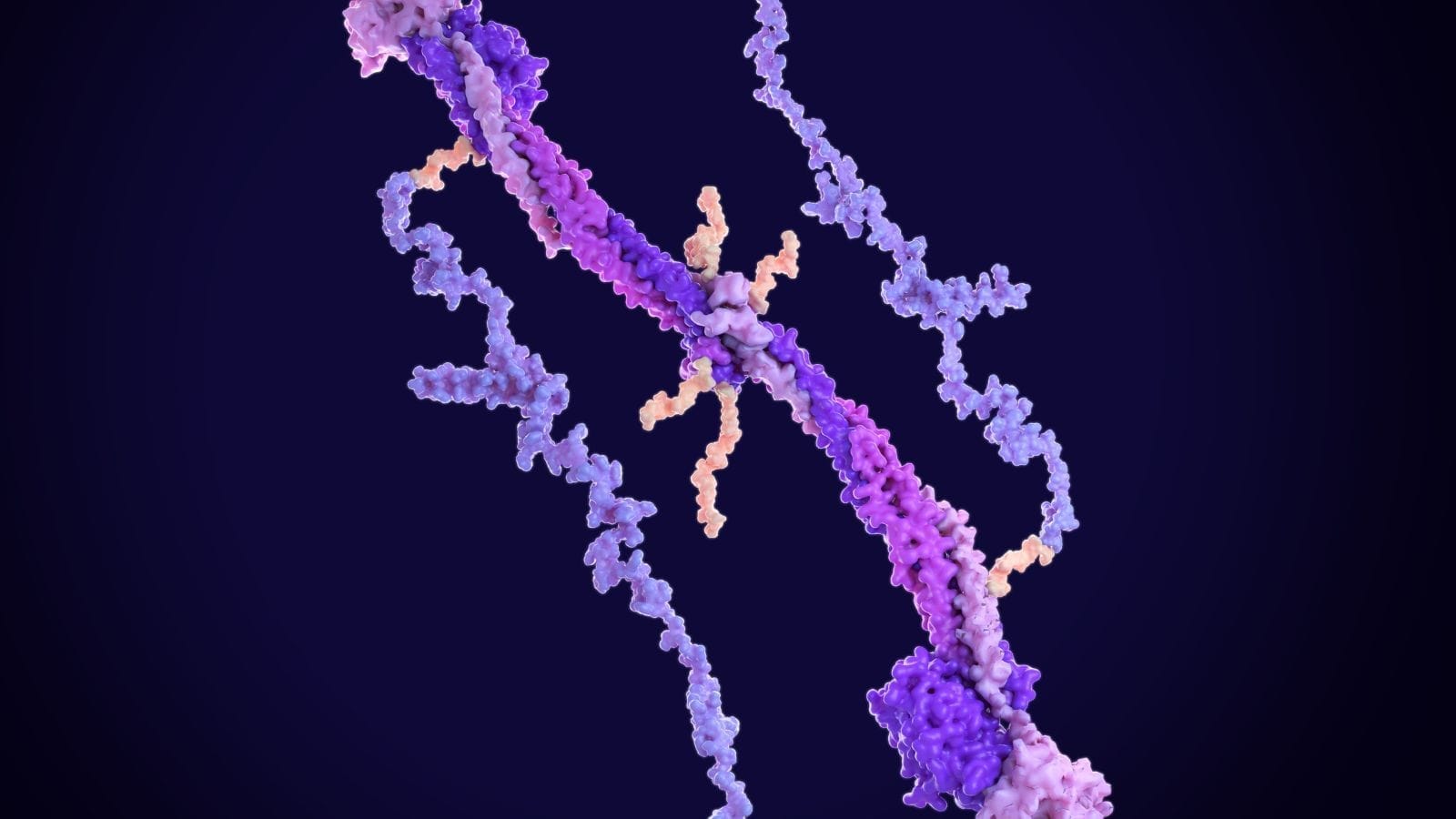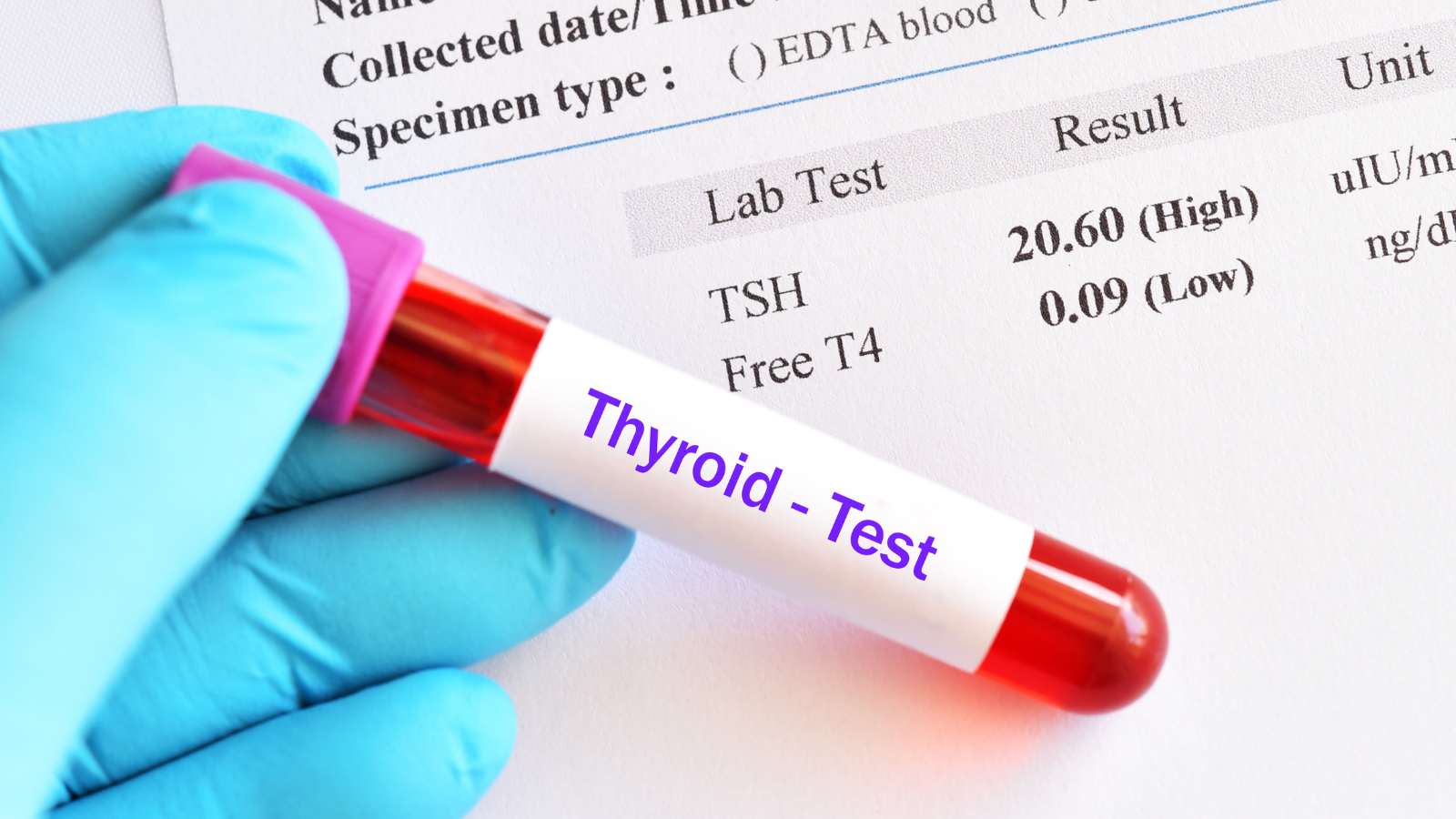Staphylococcus aureus is a bacterium commonly found on the skin and in the respiratory tract. While often harmless, it can cause infections ranging from skin abscesses to life-threatening sepsis and pneumonia, depending on host immunity.
Skin and soft tissue infections are the most frequent presentations. These include boils, cellulitis, and wound infections, which may require antibiotic therapy and drainage to prevent complications.
Methicillin-resistant Staphylococcus aureus (MRSA) is a serious healthcare concern. It causes hospital- and community-acquired infections that are difficult to treat, requiring specialized antibiotic regimens and strict infection control measures.
Severe invasive infections may involve bones, joints, or the bloodstream. Prompt diagnosis with blood cultures and imaging, combined with tailored antibiotic therapy, is essential for effective management and recovery.
| Bacterium Name | Staphylococcus aureus |
| Description | An opportunistic bacterium commonly found on body surfaces such as skin and nose; can cause infections, and resistant strains (MRSA) may lead to serious health problems. |
| Microbiological Features | Gram-positive, cocci (round-shaped), forming grape-like clusters. |
| Transmission Routes | Skin contact, contaminated objects, respiratory droplets, foodborne transmission; in hospitals, via catheters, wounds, or respiratory devices. |
| Types of Infections | Skin infections (cellulitis, abscess, impetigo), pneumonia, endocarditis, osteomyelitis, toxic shock syndrome, sepsis, food poisoning. |
| Risk Factors | Weakened immune system, diabetes, chronic diseases, history of surgery, living in crowded environments such as hospitals or care homes. |
| Symptoms | Vary by site of infection: redness, swelling, pain on the skin; fever, chills, weakness, wound drainage, shortness of breath (in pneumonia). |
| Resistant Strains | Methicillin-resistant Staphylococcus aureus (MRSA), vancomycin-resistant Staphylococcus aureus (VRSA); MRSA, in particular, causes serious hospital infections. |
| Diagnostic Methods | Cultures and antibiogram, blood tests, imaging (depending on infection site), PCR testing for resistance analysis. |
| Treatment Methods | Antibiotic therapy (depending on resistance: cephalosporins, clindamycin, vancomycin or linezolid for MRSA), drainage for skin infections. |
| Prevention Methods | Hand hygiene, keeping wounds clean, not sharing personal items, storing and preparing food hygienically, infection control measures in hospitals. |
| Complications | Sepsis, endocarditis (heart lining infection), lung, bone, and joint infections, toxic shock syndrome, organ failures. |
Prof. Dr. Özgür KILIÇKESMEZ Prof. Dr. Kılıçkesmez holds the Turkish Radiology Competency Certificate, the Turkish Interventional Radiology Competency Certificate, Stroke Treatment Certification, and the European Board of Interventional Radiology (EBIR). In his academic career, he won the Siemens Radiology First Prize in 2008.
Interventional Radiology / Interventional Neuroradiology
What Is Staphylococcus aureus?
Staphylococcus aureus is a bacterium commonly found on human skin and mucous membranes. It is usually harmless; however, in certain situations, it can cause serious infections. In particular, it may be the source of life-threatening diseases such as pneumonia, sepsis, and endocarditis. This bacterium contains various virulence factors that can damage host tissues. It can also produce toxins that evade immune responses. Some strains, especially those known as Methicillin-Resistant Staphylococcus aureus (MRSA), are resistant to antibiotic treatment. This complicates treatment and is a significant problem in infection control. As a result, MRSA carries serious health risks in both hospitals and the community.
What Are the Causes of Staphylococcus aureus Infection?
Certain causes and mechanisms underlie the ability of Staphylococcus aureus to cause various infections. Colonization on the skin and nose is usually harmless. However, infections may arise in individuals with weakened immune systems or when skin barriers are breached. Transmission occurs via different routes, especially through direct contact, consumption of contaminated food, or medical devices. In crowded living conditions, the bacterium can easily spread from person to person.
- The main transmission routes of S. aureus include:
Normal Flora: Found in about 30% of healthy people as part of the skin and nasal flora and generally does not cause symptoms in these individuals.
Direct Contact: Direct contact with infected people or surfaces enables the bacterium to spread. Transmission is common in places like schools, gyms, and healthcare facilities.
Contaminated Food: The bacterium can produce toxins in improperly stored foods. Consumption of such foods leads to staphylococcal food poisoning.
Medical Devices: Devices such as catheters or prosthetic joints create entry points for the bacteria into the body.
The infection mechanism operates through various means. For example, cuts or wounds on the skin allow bacteria to enter the body. Once inside, bacteria can spread through the bloodstream and cause more serious illnesses. Some strains produce toxins, resulting in dangerous conditions such as toxic shock syndrome.
*We recommend filling out all fields so we can respond in the best possible way.
How Common Are Staphylococcus aureus Infections?
Staphylococcus aureus is a bacterium commonly found in people worldwide and causes various infections. The prevalence of methicillin-resistant S. aureus (MRSA) strains varies by demographic and geographic factors. About one-third of the general population is colonized with S. aureus, and around 1.3% of these are colonized with MRSA. This rate may be higher or lower in certain regions.
For example, studies in New Zealand show that hospitalizations due to S. aureus have increased over time, with the incidence rate rising from 360 to 412 per 100,000 people between 2001 and 2011. In the United States, there were approximately 119,247 S. aureus bloodstream infection cases in 2017, resulting in 19,832 deaths. This highlights the serious health burden posed by this pathogen.
There are differences in infection rates among specific age groups:
- Children under five years old
- Adults over 75 years old
- Certain ethnic groups such as Māori and Pacific Peoples
Socioeconomic deprivation is an important factor affecting infection prevalence, with higher rates found in low-income regions. In the United States, people over 60 and those with diabetes are at higher risk for MRSA colonization.
Between 2012 and 2017, hospital-acquired MRSA infection rates decreased, while community-acquired MRSA infection rates remained stable.
What Is the Formation Process of Staphylococcus aureus?
The biofilm formation process of Staphylococcus aureus involves microorganisms attaching to surfaces and developing as colonies. During this process, the bacteria colonize both biotic and abiotic surfaces. Colonization begins with proteins such as adhesins and polysaccharide intercellular adhesin (PIA), which facilitate attachment. This stage is affected by environmental factors such as the type of surface and nutrient availability.
Once attached, S. aureus rapidly forms microcolonies. At this stage, they secrete extracellular polymeric substances (EPS) to reinforce the structural integrity of the biofilm. EPS aids further adhesion and grants the biofilm protective properties.
- Polysaccharides
- Proteins
- Extracellular DNA
This matrix makes the biofilm resistant to environmental stress and immune responses, thereby conferring antibiotic resistance and complicating treatment. S. aureus uses quorum sensing mechanisms to adapt its behavior according to population density, which increases biofilm formation and preserves the mature biofilm. The advanced structure of the biofilm enables the bacteria to transition from free-floating cells to a stable biofilm state.
Under certain conditions, fragments of the biofilm detach, allowing the bacteria to spread to new environments. Environmental changes or stress factors can trigger this detachment. The detached cells can colonize new surfaces, facilitating the spread of infection.
Biofilm development is influenced by genes such as icaA, icaD, and sdrE, as well as anaerobic conditions. These factors support the continued formation of biofilm.
What Are the Symptoms of Staphylococcus aureus Infection?
Staphylococcus aureus infections cause different symptoms in different parts of the body, and these vary according to the type of infection. Common skin and soft tissue infections (SSTIs) include:
- Folliculitis: Infection of hair follicles, usually presenting as small, painful pimples.
- Impetigo: Blisters that burst and leave honey-colored crusts on the skin, typically causing itching and pain.
- Abscesses (Furuncles/Boils): Swollen, red, and painful lumps filled with pus, indicating a deeper infection.
- Cellulitis: Affects deeper layers of the skin, marked by redness, warmth, swelling, and pain.
- Scalded Skin Syndrome: Often seen in children, this occurs after a toxin-producing staph infection and results in widespread skin peeling.
The most common respiratory infection is pneumonia, which presents with high fever, shortness of breath, and cough, sometimes with blood in the sputum. Severe cases can result in lung abscess or empyema.
Bloodstream infections often cause severe symptoms. Sepsis leads to high fever, chills, rapid heartbeat, and dangerously low blood pressure.
Among bone and joint infections, osteomyelitis stands out. This is characterized by severe bone pain, fever, chills, and swelling in the affected area. If the infection spreads to the joints, it is called septic arthritis, which causes joint pain.
Endocarditis, which affects the heart valves, causes fever, shortness of breath, heart murmurs, and in severe cases, heart failure. Embolic events and subcutaneous bleeding may also occur.
Toxic Shock Syndrome (TSS) is a rare but serious condition characterized by sudden high fever, low blood pressure, rash, and multi-organ failure.
Finally, food poisoning appears with sudden nausea, vomiting, abdominal cramps, and diarrhea, typically resolving within 12 hours. Symptoms differ according to the type and site of infection.
How Is Staphylococcus aureus Infection Diagnosed?
The diagnosis of Staphylococcus aureus infection relies on a combination of phenotypic, biochemical, and molecular methods. The main methods used for the rapid and accurate identification of S. aureus include:
- Phenotypic Methods: Bacterial cultures, especially on blood agar, display grape-like clusters and hemolytic properties. Gram staining shows Gram-positive cocci, while the coagulase test differentiates S. aureus from other staphylococci. Mannitol Salt Agar fermentation test is also helpful for identification.
- Biochemical Tests: S. aureus is confirmed by catalase production, presence of Protein A, and detection of staphylococcal enterotoxins. Automated systems such as MALDI-TOF mass spectrometry, which identifies by protein profiles, can be used for rapid diagnosis.
- Molecular Methods: Molecular tests play a critical role in accurately identifying resistant strains such as MRSA. Polymerase chain reaction (PCR) and loop-mediated isothermal amplification (LAMP) tests detect the genes responsible for methicillin resistance, providing detailed information for treatment.
Additionally, rapid diagnostic technologies include nanoparticle-based biosensors that can be used at the bedside. These tools distinguish between MRSA and MSSA strains and speed up the treatment process. In severe cases, blood cultures and molecular analyses confirm infection. In deep-seated infections, imaging methods such as echocardiography or MRI support diagnosis. A combination of these methods is vital for correct treatment planning and disease control.
How Are Staphylococcus aureus Infections Treated?
Interventional radiology techniques play an important role in managing abscesses and infected fluid collections, especially in Staphylococcus aureus infections. When conventional antibiotic therapy is insufficient or ineffective, interventional radiology is used. These methods target the site of infection and aim to remove abscesses within the body.
- Abscess Drainage: Infections caused by S. aureus may result in abscesses in the lungs, liver, or musculoskeletal system. Percutaneous drainage is performed to remove infected fluid, usually guided by ultrasound or CT scanning with catheter placement.
- Management of Osteomyelitis: In bone infections caused by S. aureus, interventional radiology techniques are used to drain abscesses and manage infected areas. These are applied alongside long-term antibiotic therapy in deep tissue or periosteal infections. Imaging-guided biopsy and aspiration confirm the diagnosis and support treatment planning.
- Treatment of Infected Medical Devices: Interventional radiology is important in treating S. aureus infections associated with implanted devices. When surgery is contraindicated or risky, drainage of fluid collections around infected devices helps keep infection under control.
What Are the Risk Factors for Staphylococcus aureus Infection?
The risk factors for Staphylococcus aureus infections vary by host and environmental factors. Regarding healthcare, prolonged hospitalization, especially in intensive care units, poses a serious risk. The use of invasive devices such as intravenous catheters, urinary catheters, and mechanical ventilation significantly increases the risk of infection. Additionally, medical devices such as prosthetic joints, heart valves, and vascular grafts provide a suitable environment for S. aureus biofilm, making these patients vulnerable to infection.
Nasal colonization is also a significant risk factor; people carrying S. aureus in their nose have a higher risk of developing infection. Especially when the immune system is weakened, nasal colonization predisposes to invasive infections. Conditions that weaken the immune system, such as HIV, diabetes, and chronic diseases, reduce the body’s ability to fight infection, making S. aureus infections more common.
A previous history of infection is also a risk factor; patients with recurrent bacteremia have an increased risk of future infections, possibly due to incomplete treatment or antibiotic resistance.
After surgical procedures, especially after complex operations, the risk of infection increases. Wound sites and contamination of surgical areas make these patients vulnerable to S. aureus.
Other non-healthcare-related risk factors are also important:
- Crowded living environments
- Poor hygiene conditions
- Close contact settings such as prisons and military barracks
- Intravenous drug use
When Can Staphylococcus aureus Be Treated?
Treatment of Staphylococcus aureus infections is supported by interventional radiology, especially in complex or antibiotic-resistant infections. The use of interventional radiology covers suitable procedures for specific infection types caused by S. aureus. These include:
- Abscess Drainage: Interventional radiology is effective for draining abscesses resistant to antibiotic therapy, especially those in the liver, kidney, or soft tissue.
- Bone and Joint Infections: Infections such as osteomyelitis or septic arthritis can be managed with imaging-guided biopsy or drainage using interventional radiology. These techniques support treatment in patients unsuitable for surgery.
- Catheter-Related Infections: Interventional radiology is used to remove or replace infected central venous catheters, reducing the risk of bacteremia and septicemia.
- Biliary and Urogenital Procedures: In infections of blocked bile or urinary tracts, drainage is achieved through procedures such as cholecystostomy or nephrostomy, preventing the spread of infection.
- Septic Thrombophlebitis: Catheter-based thrombolysis or thrombectomy may be performed in S. aureus venous infections. These procedures are important for infection control.
- Sepsis Management: In cases of bacteremia or sepsis, embolization or drainage of infected areas with interventional radiology supports treatment. Interventional radiology plays an important role, especially in metastatic infections.
When Can’t Staphylococcus aureus Be Treated?
There are various contraindications for the interventional radiological treatment of Staphylococcus aureus infections. These are evaluated based on the patient’s risk factors and the specific procedure to be applied. Treatment is not recommended in the following situations:
- Severe coagulopathy or bleeding disorders: Patients with high INR, thrombocytopenia, or active bleeding are at risk. Coagulation parameters must be stabilized before the procedure.
- Acute systemic infections or sepsis: In cases of severe bacteremia or septic shock, interventional radiology may increase the spread of infection. Intervention in infected areas is not recommended in these patients.
- Liver and kidney dysfunction: Advanced liver cirrhosis or acute renal failure increases the risk of bleeding. In these patients, procedures such as liver biopsy can lead to serious bleeding complications.
- Prosthetic heart valves or endocarditis: In patients with suspected or confirmed endocarditis, consultation with cardiothoracic surgeons is required before intervention. Displacement of infected material may cause systemic embolization.
- Severe allergies to antibiotics: In patients with severe allergy to penicillins or cephalosporins, treatment becomes difficult. Although alternative drugs such as vancomycin are used, they carry risks such as nephrotoxicity.
- Immunodeficiency conditions: Hematological disorders or long-term corticosteroid use increase susceptibility to infection. The effectiveness of percutaneous interventions may be limited in these cases.
What Is the Recovery Process After Staphylococcus aureus Treatment?
The recovery process after Staphylococcus aureus treatment requires meticulous care to completely eliminate the infection and prevent complications. In the first stage after treatment, patients are usually given broad-spectrum antibiotic therapy. Especially if there are resistant strains such as MRSA, treatment is adjusted accordingly. Regular antibiotic use is of great importance for ongoing recovery, and the duration depends on the severity of the infection.
- Initial Recovery Phase: After the procedure, imaging is usually performed to check for any residual infection or fluid accumulation. This helps determine the next steps in recovery.
- Antibiotic Therapy: If the infection has reached the bone, the treatment process includes several weeks of intravenous antibiotic use. This is critical to completely eliminate the infection and prevent recurrence.
- Wound Care and Monitoring: The surgical or interventional site is regularly monitored to prevent recurrence. Regular dressing changes and additional imaging are performed as needed to detect delayed healing or abscess formation early.
- Supportive Care: Supportive therapies such as analgesics and antipyretics are provided to accelerate recovery. Special precautions may also be taken to reduce the risk of complications.
How Can Staphylococcus aureus Infection Be Prevented?
Prevention of Staphylococcus aureus infections requires strategies based on hygiene, environmental controls, and medical interventions. Both individual and collective precautions must be taken, especially to prevent the spread of MRSA strains. Personal hygiene is essential, as regular handwashing reduces infection risk. Keeping wounds clean and covered prevents the infection from spreading to others. In addition, sharing personal items such as towels and clothing should be avoided.
Environmental controls prevent the spread of infection. Surfaces frequently touched in places like gyms and hospitals should be disinfected regularly. Disinfectants used in these areas must be effective against S. aureus. In hospitals, surfaces and medical devices must be cleaned with disinfectants effective against MRSA.
Medical interventions aim to reduce the risk of infection. Patients should be screened for colonization before surgery, and special antimicrobial washes should be used if necessary. Antibiotics should be prescribed only when necessary to prevent the development of antibiotic-resistant strains. Patients must comply with the full course of antibiotics to ensure treatment success.
Community-level measures are also effective in reducing transmission risk. The importance of hygiene should be emphasized in places like schools, gyms, and military barracks. Additionally:
- Athletes should clean shared equipment.
- Avoid sharing personal items.
- Routine screening should be carried out in groups with frequent close contact.

Girişimsel Radyoloji ve Nöroradyoloji Uzmanı Prof. Dr. Özgür Kılıçkesmez, 1997 yılında Cerrahpaşa Tıp Fakültesi’nden mezun oldu. Uzmanlık eğitimini İstanbul Eğitim ve Araştırma Hastanesi’nde tamamladı. Londra’da girişimsel radyoloji ve onkoloji alanında eğitim aldı. İstanbul Çam ve Sakura Şehir Hastanesi’nde girişimsel radyoloji bölümünü kurdu ve 2020 yılında profesör oldu. Çok sayıda uluslararası ödül ve sertifikaya sahip olan Kılıçkesmez’in 150’den fazla bilimsel yayını bulunmakta ve 1500’den fazla atıf almıştır. Halen Medicana Ataköy Hastanesi’nde görev yapmaktadır.









Vaka Örnekleri